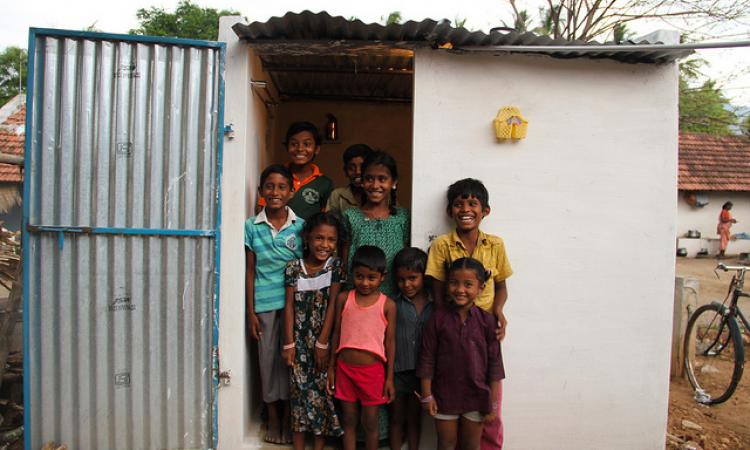
Every 10 years, the government gears up to capture colossal amounts of data through its Census. We look at the toilet-related data using the numbers shared on household (HH) toilets from the Census reports of 1991, 2001 and 2011 to understand what it means. Click on the infographic to view the details.
How many toilets?
Population in the country has exploded in these 20 years, and even as the total number of households have increased to 63%, the percentage of households that have toilets within their houses has more than tripled. Simply put, it means that while only 23% households had toilets inside the house in 1991, this figure nearly doubled in 2011.
Who leads the toilet race?
Some states have done better and have built toilets faster. Himachal Pradesh tops this list followed by Haryana, Andhra Pradesh, Sikkim and Punjab. Jammu & Kashmir is the odd state, where the percentage of households having toilets in 2011 was lesser than in 2001. This implies that even though there has been a growth in toilet building, it has not been able to keep pace with the increased number of households.
Which toilets are popular?
Though the type of toilet preferred depends upon economics, space in the house, ease of use and topography, another reason is that the number of households with closed drainage facilities has increased. The percentage of households with pit toilets has decreased across the country but Chattisgarh, Kerala, Karnataka and West Bengal show a reverse increased trend between 2001 and 2011. Preference for flush or pour flush latrines in the country has gone up substantially in 2011. Goa and Sikkim lead the list, with more than 70% of toilets in these two states being of this type.
Choosing the right toilet
Census data gives further details on the types of toilets built, which includes toilets connected to piped sewer systems or septic tanks, pit latrines and even dry toilets. Each type of toilet has its pros and cons.
- Pit toilets are less expensive to construct, best suited to rural & peri-urban areas but face the risk of groundwater contamination, and are not recommended in areas prone to heavy rains or flooding.
- A septic tank involves simple technology, needs no electricity, has a low operating cost and can be built in a small land area, mostly underground, but requires regular desludging and proper discharge disposal.
- Dry toilets do not need a constant source of water, can be built and repaired with locally available materials, but raise major issues of health and manual scavenging.
- Sewer systems infrastructure requires a massive capital investment and a robust water supply system
A long way to go
Toilet coverage in every household is still a long way off, even as the most important objective of the Swachh Bharat Mission is to end open defecation in all villages by October 2, 2019. Odisha has set 2017 as its target. Per Census 2011, the top 3 states/UTs where more than 90 out of 100 households have toilets are Kerala, Mizoram & Lakshwadeep. Those where even 1 in 4 households do not have toilets includes Jharkhand, Orissa, Chhattisgarh and Bihar.
Of use and misuse
That there are toilets at people's homes is no guarantee that they will actually use them. Often, the users may be missing, toilets being used as godowns, or like in the case of Jammu & Kashmir 96% of the Swachh Bharat money lies unspent. Per a 2012 official govt report, 1.72% of rural households and 0.9% of total households in the country with toilet facilities, do not use their toilets.
The Census simply monitors the number of toilets constructed; there is no real time monitoring or data collection of their actual usage. To rectify this, the Ministry of Drinking Water & Sanitation has recently launched national monitoring of actual toilet use. Officials will go door to door, and use mobile phones and iPads to take and upload pictures to verify if the toilets are being used on a sustained basis.
But that's a story for another day!